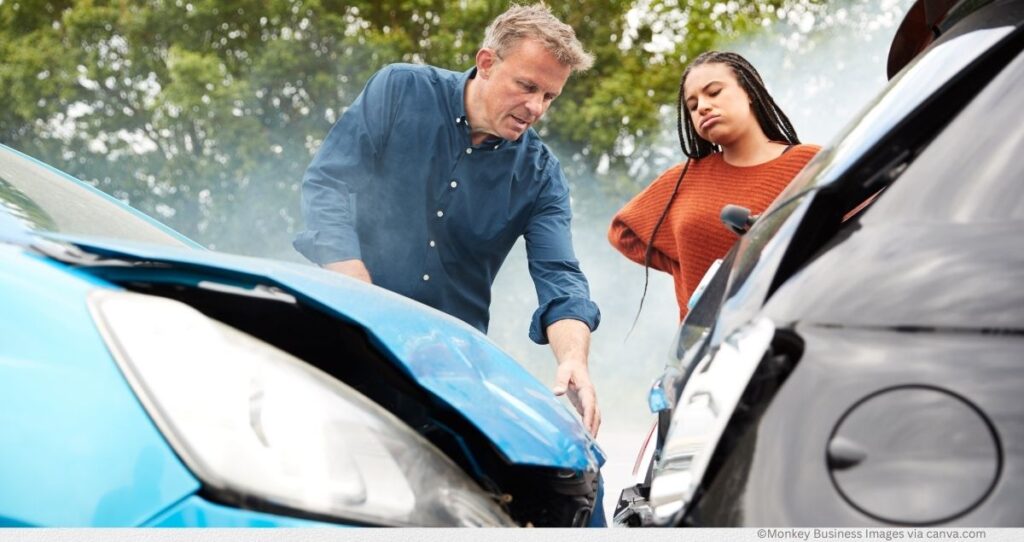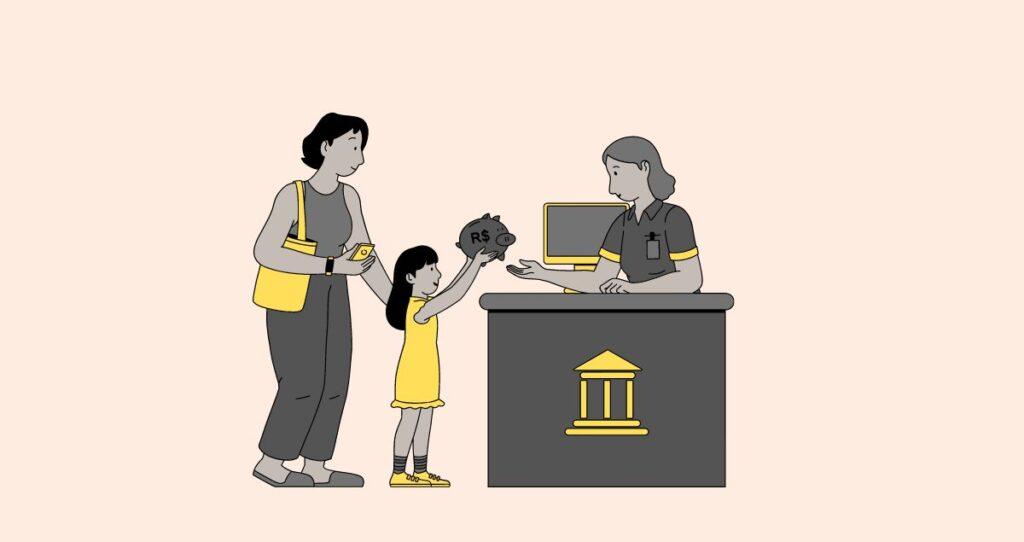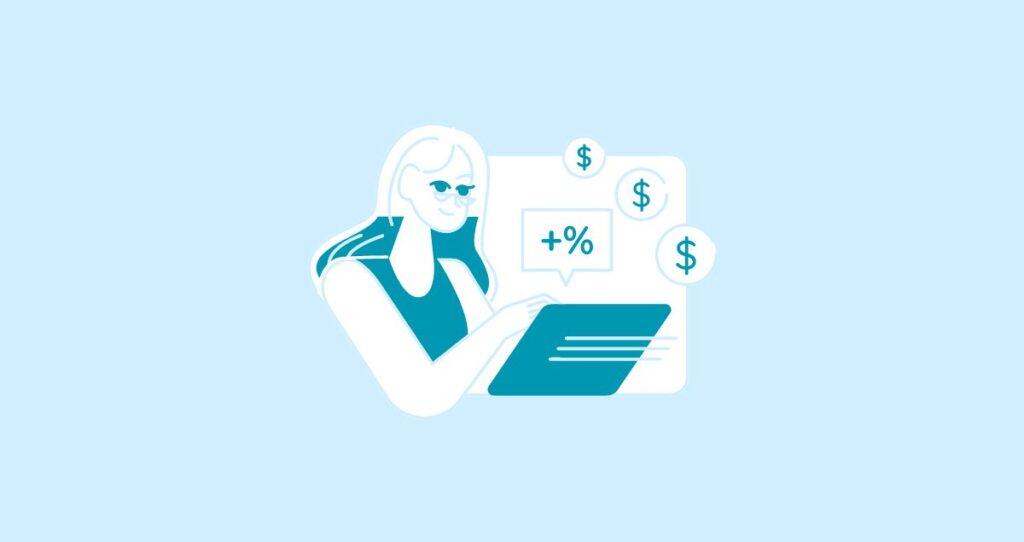Carrying car insurance is a great way to minimize financial risk in case you get involved in a car accident. Car insurance, however, can be expensive depending on your driving records, the value of your car, the company, the type of insurance, and your location. Knowing the type of insurance you need and tips to save on car insurance can make all the difference.
In this quick guide, I will cover tips to save on car insurance and the types of auto coverage available to help you make an informed decision.
How to save money on car insurance?
If you recently bought a car or have been paying a lot for auto coverage, you need to look into ways to lower the cost of your insurance. Paying more money does not mean you are getting the most coverage. The goal is to pay the least amount possible for the highest coverage possible.
Here are the most effective tips to save money on car insurance while maximizing your coverage.
1. Shop around to save on car insurance
The first and most effective way to save on car insurance is to shop around. Every company uses its algorithm to generate insurance quotes. That is why shopping around results in getting different quotes. Start by talking to agents or getting quotes online. You will be surprised by how much savings you will get from simply shopping around and comparing quotes.
Some companies are also willing to match their competitor’s quotes as long as you are ready to sign up with them and meet their requirements. So, ask your agent if this is an option for you.
You might also like these tips to find the cheapest car insurance for college students.
2. Bundle your assets
One of the best ways to save on car insurance is to bundle your homeowner’s/renter’s insurance with your auto coverage, as most companies offer discounts for bundling. If you have dependents such as kids, try to get their cars on the same policies to lower the insurance cost. The more assets are covered under the same provider, the more discounts you will get.
3. Make payments upfront or enroll in auto-pay
Paying upfront is a great way to save on car insurance. Instead of paying month to month, most insurance providers give you a massive discount for paying 6 months or a year in advance. For example, if you pay $600 in six months, the insurance company might allow you to pay as low as $450 if you pay for six months in advance.
Another great way to lower the cost of your insurance is to use a reward credit card, which gives you cash back when you use it to pay for insurance. However, ensure you are not charged a service fee before using the card. Service fees typically range from 1% to 3%, which would eat up most of the savings you were trying to make.
Additionally, you must pay your credit card balance before the due date to avoid carrying the balance and paying interest. Credit card APRs can be as high as 30% or more. So, paying your balance on time prevents you from losing your savings in credit card interest charges.
4. Drive save and take a defensive driver course.
Insurance companies always want to do business with drivers who will never get into an accident. Not getting into an accident means you are giving them free money. That is why your insurance goes higher when you get into an accident. So, the first defensive way to save on car insurance is to be a defensive driver.
Some companies give you a discount after completing a defensive driver course. However, before you take the course, ensure you will save enough to offset the cost.
5. Check with your agent if you qualify for discounts.
Insurance companies usually offer many discounts you can qualify for to save on car insurance. Standard insurance discounts include young driver discounts, student discounts for getting a good GPA, military discounts, and many more. Check with your agent and have discounts you qualify for applied to your policy to lower the cost of your insurance.
6. Save on car insurance by getting usage-based insurance(UBI)
Why would you pay full coverage if you don’t drive very often? The idea is that the more you drive, the higher the chances you will get into an accident and vice-versa. This is where usage-based insurance(UBI) comes into play, offering significant discounts to good drivers and those who don’t drive very often. This works by installing a device in your vehicle to monitor your driving habits. You then get a discount when you don’t drive very often or when your driving habits satisfy the company’s standards.
7. Getting the right insurance is a great way to save on car insurance
While there are many types of car insurance, you don’t need to purchase all of them. Always remember that the money you pay in insurance is like free money you give to the insurance company when you don’t get into an accident. That is why you must sign up for the right coverage that maximizes your savings and gives you the maximum coverage should you get into an accident.
For example, getting full coverage would not make sense if your car has 200k mileage and is worth $2,000.
8. Purchase a used car and the right car.
One of the most significant factors influencing how much you pay for car insurance is the value and type of the car you drive. Newer cars usually come with higher premiums because it would cost the insurance company to replace the car in case you crash it. This means purchasing a used car will automatically result in lower premiums. Remember that other factors also influence the cost of your insurance, such as your driving habits, age, the type of insurance you get, etc.
You should also avoid models that usually cost more in insurance. Some car models, especially sporty cars such as the Maserati Quattroporte, Mercedes-AMG GT, Porsche 911, and Nissan GT-R, etc., cost more money in coverage than traditional cars.
Here are more details as to why buying a used car is a great idea when you want to save money
Types of car insurance coverages
Here are the types of car insurance and levels of coverage you get.
Collision
Collision car insurance covers the damages to your car when you run into another vehicle or other objects such as a wall, tree, fire hydrant, pole, etc. Although collision is not required, most banks require it when you finance a car purchase with a loan. If you did not take out a loan, electing to keep this coverage comes down to your personal decision.
Typically, you need collision coverage if your car has a higher value. For example, having collision coverage on a $2,000 car would not make sense. Your agent can also help you decide if having a collision on your policy is worth it. Before you sign up for collision coverage, estimate the value of your car and how much it will cost you to maintain this coverage. Again, your agent will help give you a breakdown of all your coverages. Use that information as a guide to keep or drop the coverage.
Comprehensive
Unlike collision coverage, which covers you when you get involved in a collision, comprehensive insurance covers you for any damages not related to a crash. Comprehensive insurance covers you for damages related to flood, fire, theft, flood, explosion, and damage from wildlife such as deer, moose, hare, and falling objects such as a tree and hail.
Similarly to collisions, you are not required to have comprehensive coverage. However, your bank may need it if you have purchased the car with a car loan. You can elect to have a comprehensive deductible or pick a cheaper comprehensive insurance that covers simple damages such as hail and broken glasses. Comprehensive coverage will be wise if you live in areas susceptible to floods, hail, tornados, storms, earthquakes, or wildfires, such as Florida and California.
Bodily injury liability(BI)
This is one of the most common car insurances in most states. Bodily injury liability covers you when you cause an accident where the other person gets injured or killed. For example, if you make a wrong turn and hit someone else car and they get hurt, your insurance will cover all costs related to the injury or pay out of pocket if you are not insured. The bottom line is that BI insurance covers every person injured or killed in an accident you caused, but it does not cover you. Additionally, the BI coverage does not cover the car.
Most states require Bodily injury liability insurance, and the level of coverage you must carry differs from one state to another. When picking the bodily injury liability insurance, weigh the level of assets you want to cover and how much you can afford to pay. A good example of standard BI coverage is at least $100,000 per person or $300,000 per occurrence, usually expressed as 100/300. Expenses covered under the bodily injury liability insurance include medical bills, wage loss, funeral service, and pain and suffering.
Property damage liability or Physical Damage (PDL or PD)
This insurance covers all physical properties damaged in an accident where you are deemed at fault. Generally, the property damage liability covers the other person’s car, but it can also be used to cover other properties such as buildings, fences, garages, or buildings that you damaged. This is the minimum required insurance you must purchase, and the level of coverage differs by state.
For example, according to Geico, Minnesota’s minimum property damage liability insurance is $10,000. However, according to the California DMV, California requires at least $15,000 in property damage liability.
While your state minimum DPL requirements might be lower, having at least $300,000 in DPL is always a good idea. This is because if you sign up for a lower limit and damage properties worth dozens of thousands of dollars, you will pay the difference out of pocket.
Uninsured/underinsured motorist (UM/UIM)
If you get involved in an accident, you are not at fault, but the other person does not have enough coverage or the means to pay out of pocket, so you might end up covering yourself. This is where the UM/UIM comes into play. The UM/UIM insurance is typically an additional coverage, and state requirements vary.
You might wonder why you would purchase insurance to cover you when you are not at fault. For example, you could say that if someone is deemed at fault, their bodily injury liability(BI) will cover your medical-related expenses, and their property damage liability(PDL) will cover your vehicle. While this is a good way to look at it, there are situations where the other person is at fault, and you still have to cover the payments out of pocket.
If you get involved in a hit-and-run and police never locate the offender, you must cover all your car damages plus any injuries you might incur. This is similar to when another person hits your car who is uninsured and doesn’t have the means to pay for damages. For these reasons, you might need to consider UM/UIM coverage when shopping for car insurance.
Personal injury protection(PIP)
Personal injury protection is insurance you purchase to help cover your medical bills and extra expenses, regardless of who is at fault. If you don’t have health insurance, for example, having this can help lower your medical bills related to an accident or lost wages. This insurance is not available in every state, and where they offer it, requirements vary by state. Before the insurance kicks in, however, there is usually an amount you have to pay out of pocket.
Medical bills /medical payments
This coverage is similar to personal injury protection, but the only difference is that it can only cover medical expenses. Again, this is additional insurance to help cover the cost of the accident, and it has nothing to do with who is at fault. It is a good idea to have this insurance if you don’t have health insurance or a limited one.









